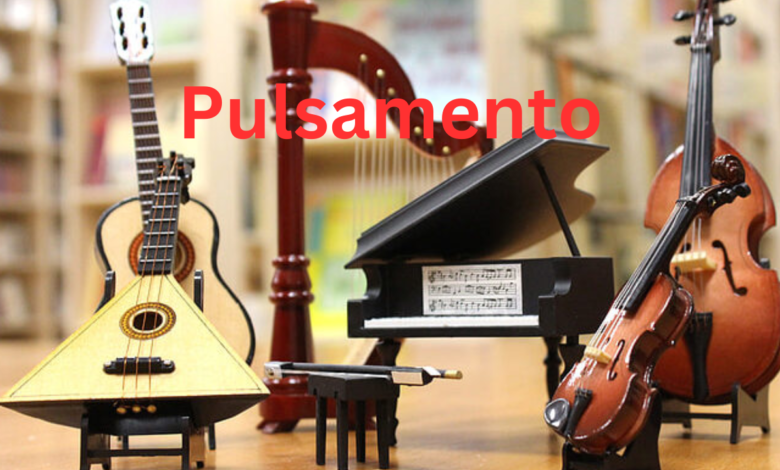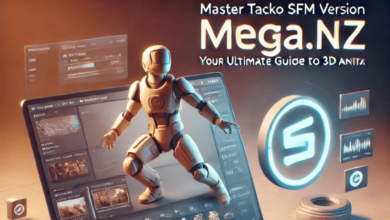
Pulsamento, a concept that encapsulates the essence of rhythmic pulsation in Latin American music, is a testament to the rich cultural heritage and musical innovation in this vibrant region. This article delves into the origins, techniques, and significant impact of Pulsamento, highlighting its role in enhancing musical expression and its versatility across various genres.
Origins and Evolution
Pulsamento traces its roots back to the early 20th century in Cuba, where it thrived within traditional Afro-Cuban drumming ensembles. It emerged as a foundational element in the development of salsa music, capturing audiences with its infectious energy and rhythmic vitality. Over time, Pulsamento evolved, blending traditional folk rhythms with contemporary beats, thanks to pioneers like Gustavo Santaolalla. This evolution saw Pulsamento’s incorporation into various musical styles, from reggae to rock, cementing its place as a global musical phenomenon.
The Mechanics of Pulsamento
At its core, Pulsamento is built around the clave rhythm, a four-beat pattern that serves as the heartbeat of this musical technique. This rhythmic foundation guides musicians and dancers, creating a structured yet dynamic framework for musical and dance expressions. The clave rhythm, with its distinctive pattern of three beats followed by two, is instrumental in crafting the unique sound and feel of Pulsamento-infused music.
Benefits and Techniques
Practicing Pulsamento offers numerous benefits to musicians, from improved rhythm and timing to increased finger dexterity and enhanced control and precision. Techniques integral to Pulsamento, such as strumming, rasgueado, picado, and golpe, demand meticulous hand movements and finger independence, pushing musicians to refine their skills and expressiveness.
Incorporating Pulsamento into Your Routine
Musicians can integrate Pulsamento into their daily practice through structured routines, starting with morning sessions to energize their day and taking short breaks to focus on specific techniques. This regular engagement fosters muscle memory and deepens the musician’s connection to the rhythmic foundations of their art.
The Artistic Impact of Pulsamento
Pulsamento extends beyond technical proficiency, offering musicians a medium for emotional and expressive depth. It allows for nuanced expressions within performances, enabling musicians to convey a range of emotions and connect with their audience profoundly. Through Pulsamento, performances are imbued with a dynamic quality that can elevate music from mere notes on a page to a resonant, soul-stirring experience.
The Essence of Pulsamento
Pulsamento is a pivotal musical technique, weaving Latin American music’s intricate tapestry of rhythm and melody. Rooted in the rich cultural heritage of Cuba, it emerged in the early 20th century, breathing life into Afro-Cuban drumming and shaping the evolution of salsa. This rhythmic heartbeat of Pulsamento guides both musicians and dancers, creating a unique synergy of movement and sound.
Technical Mastery and Expression
At its core, Pulsamento is about mastering rhythm and timing. Through specific techniques such as alternate picking and fingerstyle patterns, musicians enhance their dexterity and control. This leads to a more expressive performance, allowing for the exploration of complex melodies and harmonies with ease. Techniques like strumming, rasgueado, picado, and golpe are essential, each adding a layer of vibrancy and depth to the music.
Beyond Genres: The Universality of Pulsamento
While Pulsamento is synonymous with Latin American music, its influence extends far beyond, offering a rhythmic foundation that enriches various musical styles. This universality underscores the technique’s significance, proving that rhythm is a language that transcends cultural and musical boundaries.
Incorporating Pulsamento into Practice
For musicians eager to embrace Pulsamento, beginning the day with a focused session can set a positive tone, energizing both mind and body. Additionally, taking short, targeted breaks for practice throughout the day can reinforce muscle memory and refine the nuanced control necessary for this technique. Such a disciplined approach enhances musicality and deepens the emotional connection with the audience.
FAQs About Pulsamento
What is Pulsamento?
Pulsamento is a rhythmic technique originating from Latin America, characterized by its use of the clave rhythm to create a pulsating, dynamic foundation in music and dance.
How did Pulsamento originate?
It began in Cuba in the early 20th century, growing from traditional Afro-Cuban drumming practices to become a key element in salsa and other Latin music genres.
What are the benefits of practicing Pulsamento?
Practicing Pulsamento can improve rhythm, timing, finger dexterity, and musical expression, making it a valuable technique for musicians across all skill levels.
Can Pulsamento be incorporated into non-Latin music genres?
Yes, Pulsamento is versatile and can be adapted to various music styles, adding rhythmic depth and expressiveness beyond its Latin American roots.
Do I need to be a professional musician to practice Pulsamento?
No, musicians of all levels can explore and incorporate Pulsamento into their practice, as it benefits musical timing, expression, and technical skill development.




